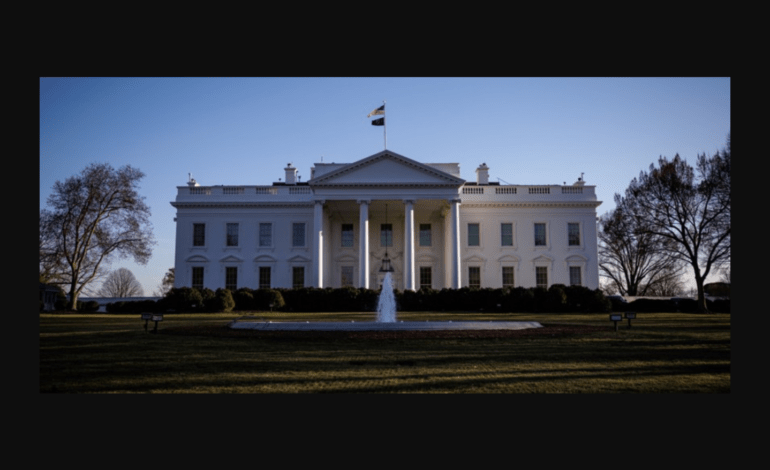
Trump extends federal hiring freeze through July: White House
US President Donald Trump has signed a memorandum extending the federal hiring freeze through July 15, according to White House principal deputy press secretary Harrison Fields, who posted the update on social media platform X.
The decision is part of Trump’s broader initiative, alongside Department of Government Efficiency (DOGE) head Elon Musk, to slash federal government spending and reduce bureaucracy. Initially enacted on Trump’s first day back in office, the freeze was set to expire this Sunday.
Under the freeze, federal civilian positions cannot be created or filled unless they directly support national security, public safety, or essential services.
A White House fact sheet described the extension as “a critical step in shrinking the federal government and ensuring taxpayer dollars are used efficiently.” It added, “The American people elected President Trump to drain the swamp and eliminate ineffective programs that waste taxpayer money.”
Once the freeze ends on July 15, agencies will be permitted to hire only one employee for every four that leave, further limiting expansion of the federal workforce.
The memo also reaffirms Trump’s earlier executive action aimed at reversing the workforce expansion seen during the Biden administration. According to the White House, more than 25% of new jobs created in Biden’s final two years came from government roles.
President Trump has taken aggressive steps to reduce the size and cost of federal agencies. Since January, mass layoffs have taken place in multiple departments. Under Musk’s leadership at DOGE, entire offices have been restructured or eliminated. The Department of Education has been downsized by nearly 50%, and Health and Human Services by 24%.
Other affected agencies include the National Science Foundation, Internal Revenue Service, Energy Department, and Consumer Financial Protection Bureau—all facing cuts of 10% or more.
In addition, Trump reversed pandemic-era remote work policies, ordering federal employees to return to offices or risk termination. “We don’t want them to work from home because, as everyone knows, most of the time they’re not working,” Trump said in January. “It’s unfair to the millions of Americans who are actually showing up at job sites every day.”
The policy has not gone unchallenged. Last week, the US Supreme Court overturned a lower court ruling that had ordered the Trump administration to reinstate 16,000 federal workers who were terminated during the restructuring.
Despite legal hurdles, the administration remains committed to reducing the size of the federal workforce and prioritizing private-sector job creation over government expansion.